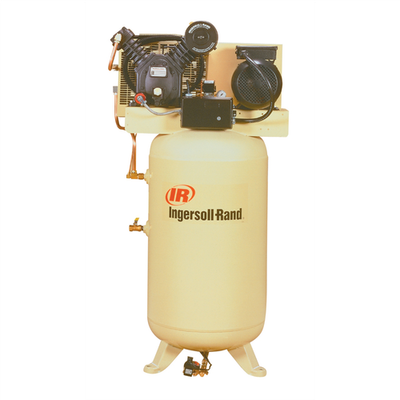Google contemplates placing large AI installations in low-earth orbit

Placing AI in house could sound like a sci-fi nightmare, however Google is considering the concept with a analysis endeavor known as Venture Suncatcher. The thought is to place power-hungry knowledge facilities into orbit on solar-powered satellites, to allow them to be powered by limitless, clear power accessible 24 hours a day. That might mitigate the nastiest points of AI cloud computing, like the usage of energy crops that spew large quantities of CO2 into the environment.
Venture Suncatcher is a literal moonshot of the kind that Google used to do extra usually. The search large desires to place its AI chips, known as Tensor Processing Models (TPUs), into orbit aboard photo voltaic panel-equipped satellites. “Sooner or later, house could also be the very best place to scale AI compute,” wrote Google senior director Travis Beals. “In the correct orbit, a photo voltaic panel could be as much as 8 instances extra productive than on Earth, and produce energy practically constantly, decreasing the necessity for batteries.”
Suffice to say, the concept poses quite a few challenges. That proximity to the solar would expose the TPUs to excessive ranges of radiation that may quickly degrade digital parts. Nevertheless, Google has examined its present chips for radiation tolerance and stated they’d have the ability to survive a 5 yr mission with out struggling everlasting failures.
Google’s Tensor Processing Unit (Google)
One other problem is the high-speed knowledge hyperlinks of “tens of terabits per second” and low latency required between satellites. These speeds can be exhausting to attain in house, as transmitting knowledge at lengthy distances requires exponentially extra energy than on Earth. To attain that, Google stated it could have to maneuver TPU-equipped satellites into tight formations, probably inside “kilometers or much less” of one another. That might have the additional benefit of decreasing “station protecting” thrust maneuvers wanted to maintain the satellites in the correct place.
The figuring out issue, although, is cash. Launching TPUs into house could not appear cost-efficient, however Google’s evaluation exhibits that doing so could possibly be “roughly comparable” to knowledge facilities on Earth (when it comes to energy effectivity) by across the mid-2030s.
Whereas it is at the moment solely a preliminary analysis paper, Google is planning to place Venture Suncatcher by means of some preliminary trials. It has teamed with an organization known as Planet on a “studying mission” to launch a pair of prototype satellites into orbit by 2027. “This experiment will take a look at how our fashions and TPU {hardware} function in house and validate the usage of optical inter-satellite hyperlinks for distributed ML [machine learning] duties,” Google wrote.









